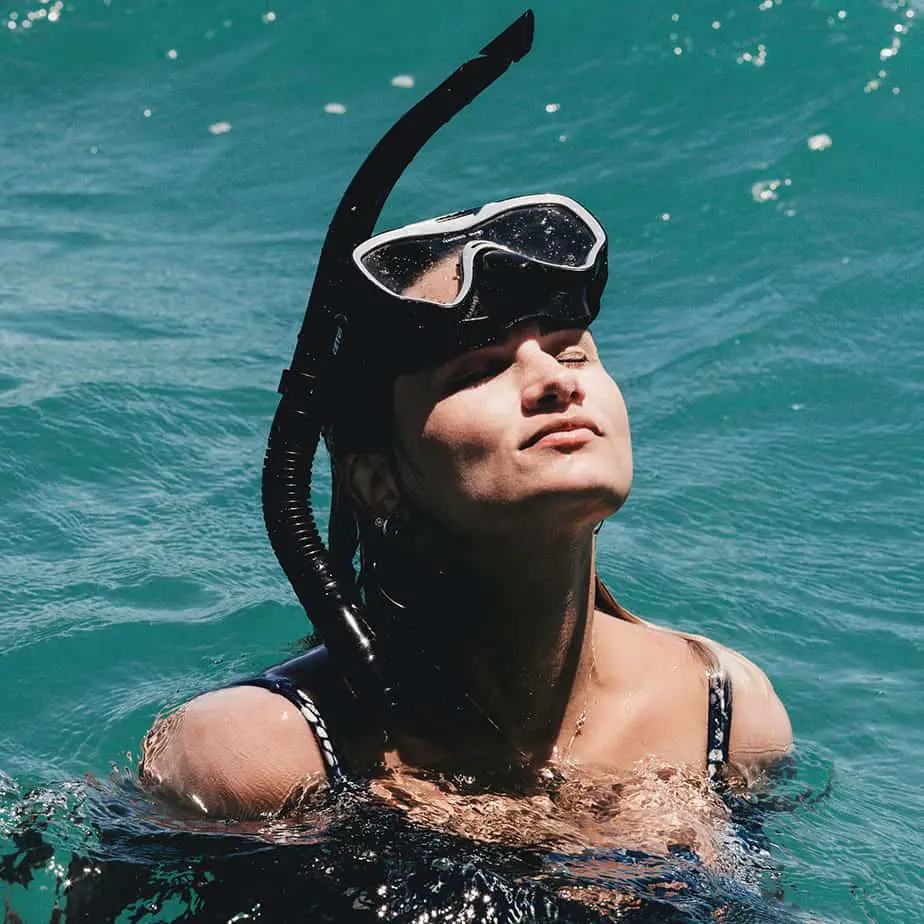When is the best time to snorkel? Is it in the morning, afternoon, or perhaps at night? Since the vast majority of snorkelers will choose to go during the morning or afternoon, that will be the focus of this article. That said, there is no “best” time to snorkel since the answers are so subjective.
Should you snorkel in the morning or afternoon? The time of day matters a lot because it can affect the weather, the currents, and the temperature. Additionally, the time of the year and where you’re snorkeling at will also affect if you’d rather snorkel in the morning or afternoon. What’s best for you may be different for another, but most usually prefer the morning.
How much does timing matter?
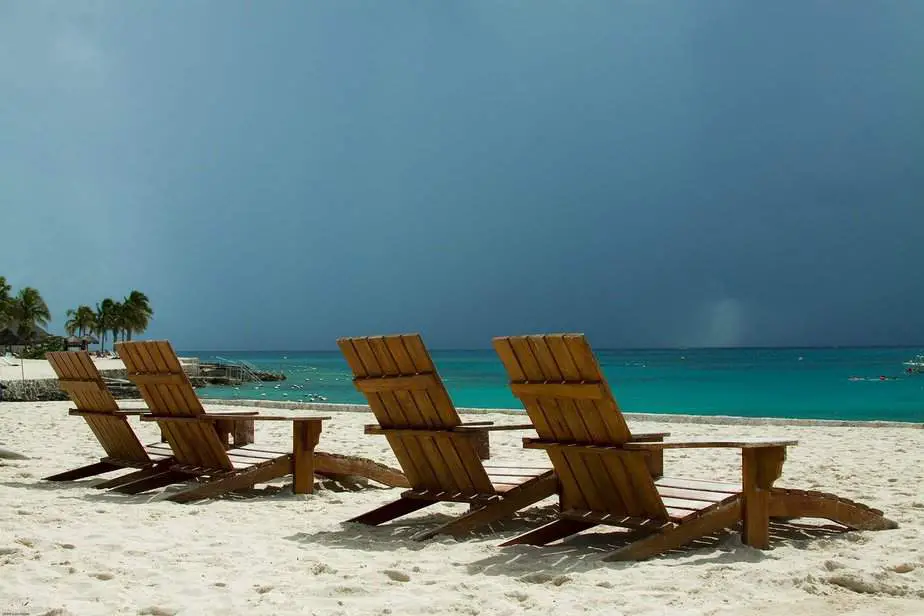
Is there really that big of a difference between snorkeling in the morning and the afternoon? Believe it or not, timing actually makes a big difference in the snorkeling experience you’ll get.
You might be thinking that you will get to see fish any time you look underwater. Where else would the fish go? That’s a fair point. However, if somebody arrives at your house at random times and days of the week, will they always find you at home? Taking this analogy further, you may be at home but not willing to come to the door because you want your privacy.
It’s a similar situation for the fish. They are out and about at different times of the day. Other times, they will be back in their little hole, sleeping or hiding from predators, waves, or the cold. You might be in the right area where the fish ought to be, but your timing might be off. If you know that certain fish tend to appear at certain times, then that might be enough of a reason to choose the morning or afternoon if you really want to see them.
Again, many of the factors we brought up such as weather, tidal currents, and temperature play an important role in what time you should snorkel. Let’s go over each point in more detail below.
What time to snorkel: key considerations
Keep an eye out for each of these key factors because they will drastically impact your snorkeling experience. In no particular order:
Weather
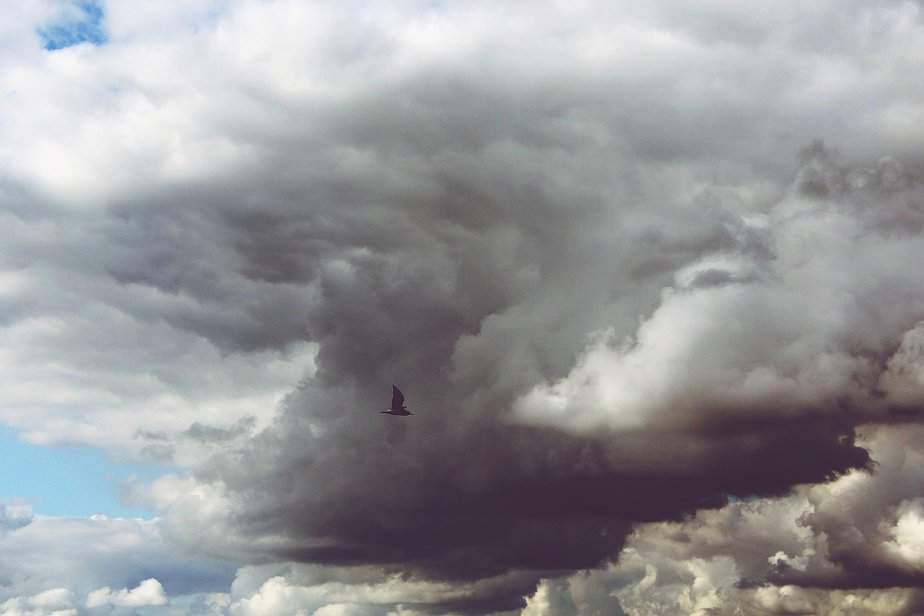
Factors outside of the water, such as the weather, can affect what goes on underwater. The main things to keep in mind are temperature, wind, and rain. Don’t get us wrong, you can still snorkel while it’s windy or even when it’s raining a bit, but you should know the impact it has on your experience.
Wind is the most crucial one to keep track of because strong winds can create strong currents. Furthermore, the aquatic life isn’t going to waste their stamina swimming against the current for your sake. They will conserve their energy and swim with the current, often sweeping them out of vision. The wind typically picks up as the day goes on, so in order to avoid wind and currents, it’s best to snorkel in the morning.
Rain can also impact your snorkeling experience by reducing your visibility. Rain means clouds, and cloud means less sunlight, hurting your vision underwater. Depending on how heavy it’s raining, since snorkelers spend time at the surface, the water droplets may cause enough of a disturbance to affect your view. Furthermore, fish will keep their distance from the surface when it’s raining.
The temperature can be an issue depending on if you’re wearing an exposure suit or not. The problem is not heat but rather cold, since you’ll be spending your time in the water. When it rains, it will get colder.
If you want to stay warm, snorkeling in the afternoon when the sun is at its peak will ensure it’s warmer. Otherwise, you should expect to wear a wetsuit for morning snorkeling. At the very least, wear a rashie or some other clothing with a UPF rating for sun protection. Even with these, you need to also apply reef-friendly sunscreen on the exposed areas because you can still get sunburnt.
Tides and currents
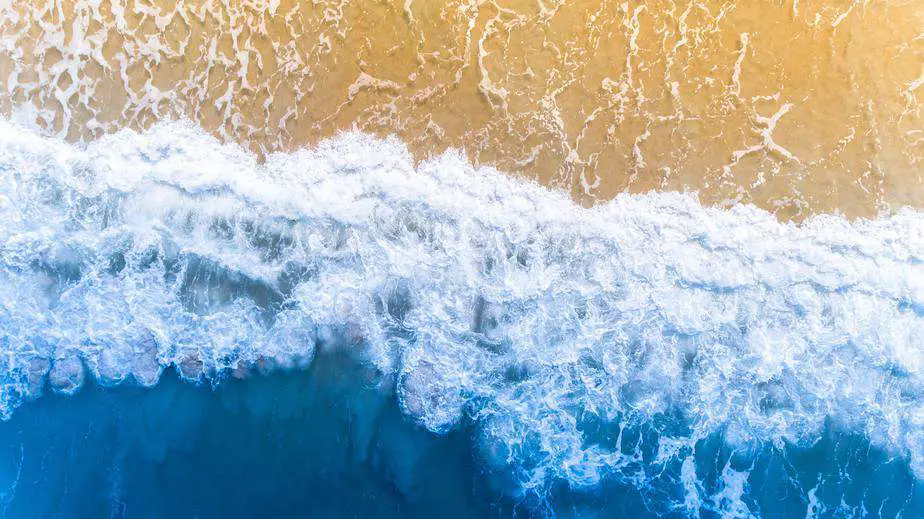
Not that we’ve accounted for the weather, let’s look at the water itself. The two key factors to consider are the position of the tidal currents and the size of the waves coming into the area.
Should you snorkel during high tide or low tide? There are pros and cons for both, but most snorkelers prefer low tide. Low tide lets shallow pools form, giving you a smaller area to snorkel where everything is much closer and in view. However, the visibility is not always the greatest.
That said, at high tide, the water may get too deep which puts the sea bed out of view. If you’re willing to duck dive, then it’s not so much of a problem. The benefit of high tide is that the water visibility tends to be better, and you will put more distance between you and the coral reefs, reducing the chances of coming into direct contact with them.
As for determining when low tide and high tide is, you’ll have to look at a tide table. Depending on which tide you prefer to snorkel in, this can impact whether you snorkel in the morning or afternoon.
Waves are another important factor to keep in mind. Large waves are good if you’re a surfer. But what about for snorkeling? They will ruin your snorkeling experience. The undulating waves can make you feel nauseous. If a large wave happens to splash on your snorkel, you may end up accidentally swallowing a bunch of sea water.
Large waves are not conducive to a good viewing experience either, and they also pose a serious safety risk for snorkelers who are not strong swimmers. However, tidal currents and waves are completely not an issue if you’re snorkeling in an isolated bay. If you want to avoid large waves, it’s better to go in the morning when the waves are calmer.
Visibility
We’ve dropped hints here and there, but just to be clear, if you want better water visibility then it’s better to snorkel in the morning before the waves pick up. You are also more likely to experience squalls in the afternoon, meaning choppier waters and low visibility.
Time of the year
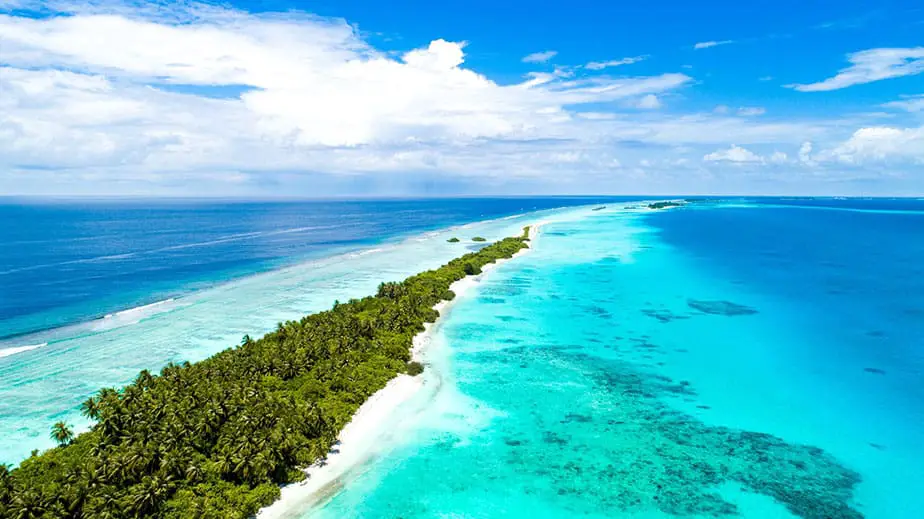
Let’s take a step back and forget about snorkeling in the morning or afternoon for a moment. Let’s talk about when is the best time to snorkel over the course of the year?
This may or may not come as a shock to you, but the time of the year you go snorkeling makes a huge difference in the marine life you’ll find and your overall snorkeling experience. The aforementioned factors – temperature, weather, and currents – are greatly affected by the time of the year.
If you want to go snorkeling in a tropical destination like Hawaii, the best time to go is in the summer. The water temperature will be warmer, the winds will be calmer, and sea swells will be minimal.
Ironically, even though summer has the best weather which makes it technically the best time to go, it’s a double-edged sword. The reason is that because it’s the best time to go, so many tourists go in the summer and this will ruin your experience. The large crowds and reduced visibility make it impossible to enjoy snorkeling in peace.
Therefore, the real best time to go snorkeling is actually sometime before or after summer. You will find that the transitioning months going into or out of the summer months are actually quite warm. If you decide to go snorkeling before or after the summer months, make sure to wear a wetsuit to keep warm just in case.
Another thing. Using Hawaii as an example again, since it is in the tropics, hurricane season is absolutely a concern. Hurricane season tends to start in June and end in November. During this time, there is an increased risk of hurricanes and tropical storms in the area. Due to global warming, the severity and frequency has increased over the years. That said, it’s still possible to visit Hawaii during this time, just be prepared for sudden changes in the weather.
Boat tours
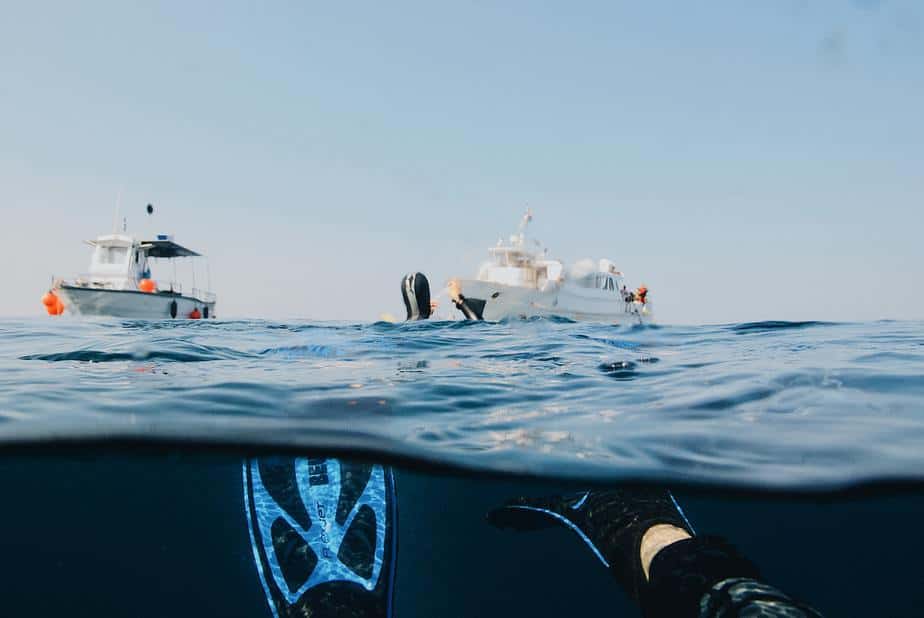
If you have signed up for a snorkeling boat tour, then you will likely be going out in the morning hours. There will be a fresh crew that will be happy to show you the pristine waters in the area. As we’ve mentioned, the morning is when the waters are calm, so it will be cleaner and clearer.
There are boat tours in the afternoon as well, however at this point, other tours have also gone out and the weather may be starting to change. There may be more wind and waves, the water might be dirtier, and so on. Going out earlier prevents this from happening, and you will have better conditions to see the unique marine life.
Photography
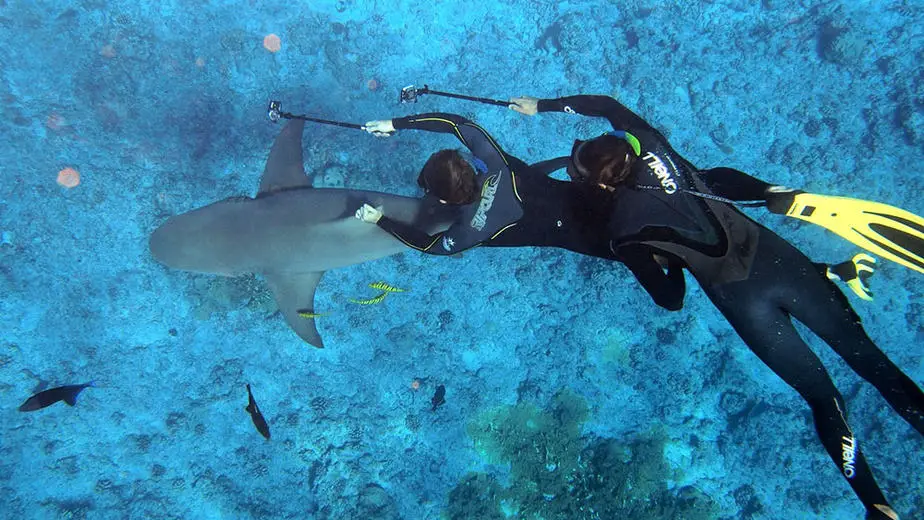
This might not be your first thought unless you own a waterproof camera, but for some, taking pictures or shooting videos is part of the snorkeling experience. Some people love to share the awesome experiences they are having to their family and friends on social media.
If you are thinking of doing some underwater photography, then once again, morning is the best time to snorkel. The wind will be light, the waters will be calm and undisturbed, and the fish will be out and about looking for food. This is the optimal time to be snapping as many pictures as you can.
Renting gear
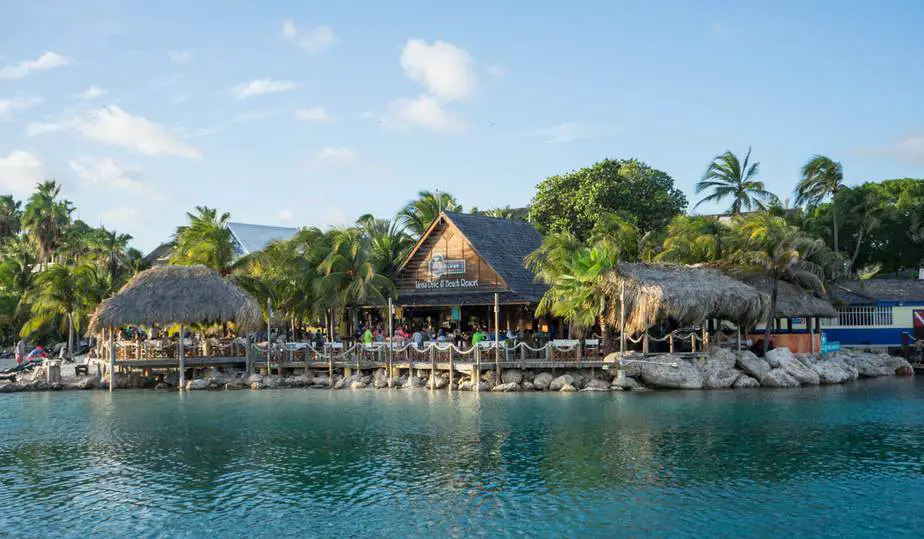
Not everyone owns their own snorkel equipment or wants to deal with the hassle of bringing it on an airplane. If you want your pick of the equipment, then you had better go early in the morning.
This is also the most hygienic, because you know that nobody else has used that equipment yet. Also, since you have the pick of the equipment, chances are the ones that are packed with the most safety features are still available to rent.
Other water activities
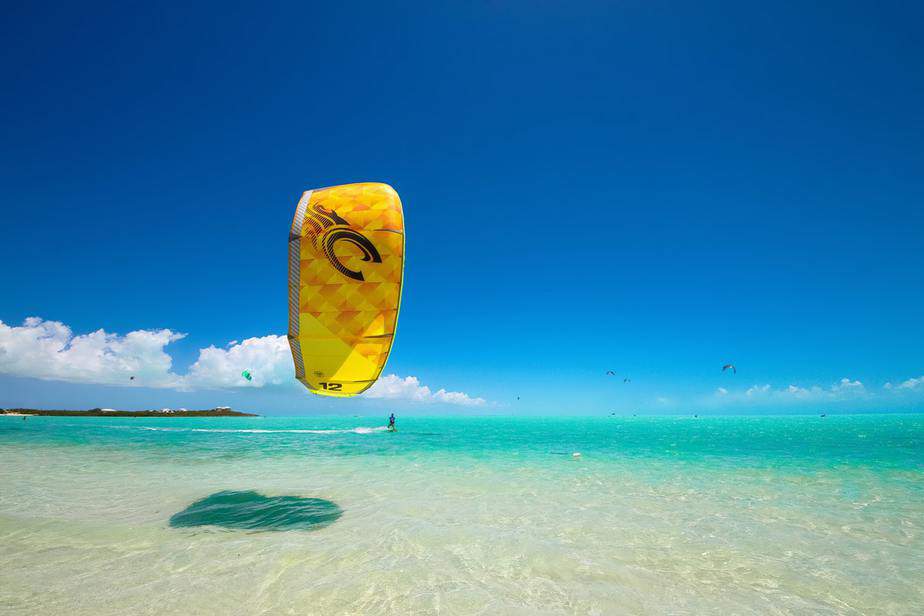
Be wary of other people doing their own water activities. While strong winds and large waves are terrible for snorkeling, they are exactly what surfers, kitesurfers and windsurfers need. If you decide to go snorkeling in the afternoon, realize that you might have to deal with other people in the water as well as the weather conditions.
Parting words
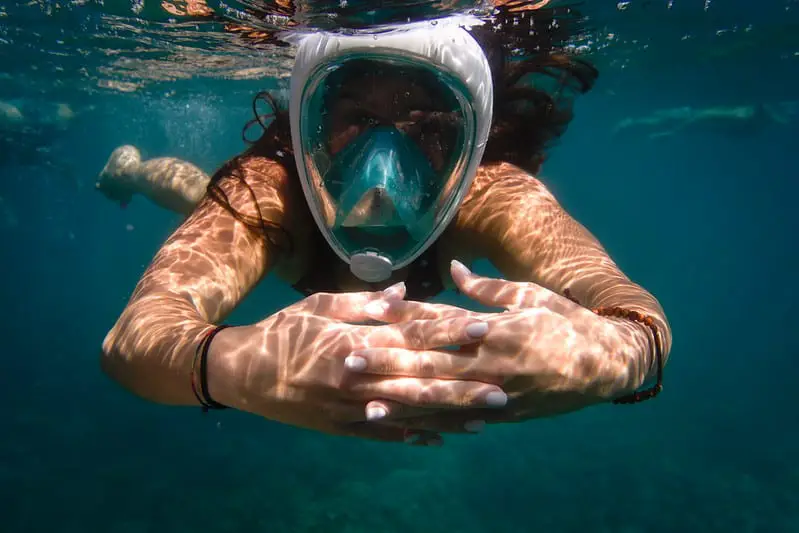
To sum it up, when is the best time to snorkel – in the morning or afternoon? Most snorkelers tend to prefer to snorkel in the morning. As for the best time of the year to snorkel, technically that would be the summer, but if you hate large crowds, then the months before or after summer.
Hopefully you are more informed about what time is best to snorkel. You need to consider a few key factors such as the climate, weather, tidal currents, and visibility. Even though morning tends to be the preferred time of day to snorkel, this is under the assumption that it usually has the best conditions for snorkeling, but not all the time.
Take a look at the weather forecast, tide tables, and ask the locals for when the best time to snorkel at that area is. Try to stick to times where there is plenty of sunshine, minimal wind, little or no clouds, low tides, and lack of waves. This ensures that the water visibility is clear, and there will be few disturbances that can scare away the fish.
If you happen to be snorkeling in a protected bay, then it doesn’t really matter when you snorkel because you don’t have to worry about most of these factors. Protected bodies of water are therefore a great choice if you’re new to snorkeling and don’t want the added stress of considering everything in this article.

